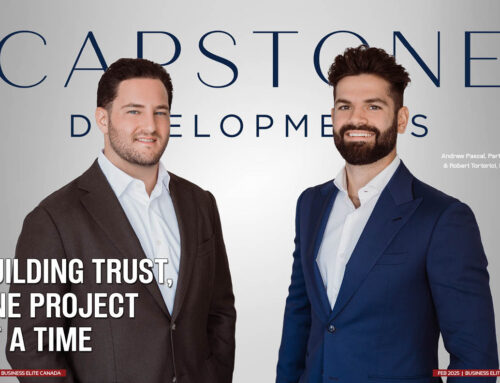Edmonton’s Valley Line Southeast LRT is a new low-floor transit system designed to fit into neighbourhoods—not take you out of them. Valley Line will offer passengers an LRT experience that is accessible and connected to areas where Edmontonians live, work and play.
Edmonton’s transportation needs are growing faster than infrastructure can keep up with, making LRT an attractive choice for its proven, high-quality, high-capacity, efficient and environmentally-friendly means to help people get where they are going.
The 13-kilometre Valley Line Southeast LRT, from Mill Woods to downtown Edmonton, is a major component of the long-term LRT network plan conceived in 2009 that was designed to complement the city’s overall transportation master plan. The $1.8 billion line will be completed in 2022.
Careful consideration went into the planning of the Valley Line. But it’s only one part of a larger vision. “In the past, urban cities’ transportation models had more been focused on what we call a suburban-style LRT,” says Chris Gentile, Valley Line Technical Manager, LRT Projects, Integrated Infrastructure Services at the City of Edmonton. “Suburban-style is when you’re really focused on moving people from the core to the outskirts and vice versa. This requires a fast train that is separated from traffic as much as possible, and your stops are farther apart.”
Gentile explains that the Valley Line LRT is built on an entirely new principle—an urban-style LRT. This means it has more frequent stops and smaller-scale stops. “The trains run basically at community (traffic) speeds and orient towards moving people from stop to stop within the network, not outside the network.”
Given this philosophy, Edmonton will use the transportation network as a way of building up and densifying the city to prepare Edmonton for an eventual population of 2 million people. “It goes hand-in-hand with a changing view of what the city was going to be and how it would function and that’s the critical importance of the line,” says Gentile. “These criteria put greater value on community environments than had been used before.”
The LRT line is being built in multiple stages, with this Southeast stage being built first due to the fact that the Valley Line will need its own maintenance facility, says Quinn Nicholson, Discipline Lead for Communications and Public Relations. “This stage will have 11 street-level stops, a new bridge spanning the North Saskatchewan River, and an interchange linking to the Capital Line and Metro Line.”
An LRT is kind of a Goldilocks happy medium scenario in terms of building cost and ridership, says Nicholson. “Cities get the slightly lower capital cost compared to an underground metro, but you get a higher frequency of usage and lower maintenance and operations costs than you would with bus rapid transit.”
“Another great advantage of a low-floor LRT system is that the stops can be small and require minimal infrastructure—a stop can be as simple as a raised curb and sidewalk,” says Nicholson. “This supports safe, pedestrian-friendly communities.”
“An LRT is a fitting choice for Edmonton because of its size and population,” says Nicholson. “We also have a heritage for LRT, as Edmonton was the first city in North America to have a modern, purpose-built LRT.”
The Valley Line was split into two phases shortly after design of the line. “Edmonton city council decided that implementing the Valley Line should be its top priority for LRT Expansion,” says Nicholson. “Next, we spent a few years updating the preliminary engineering and went through a public-private partnership (P3) procurement which included design, build, operations, maintenance, financing and vehicles–the full package–for the Valley Line Southeast. TransEd will operate and maintain the line through to 2050.”
And with the Valley Line Southeast nearly complete, what’s next? “The City did a separate procurement for the Valley Line West, and we’ve ordered an additional fleet of trains that will be able to run the entire Valley Line when it’s open.”
Design and construction for the Valley Line West has commenced, says Nicholson. “The organization that we’ve hired to design and construct Valley Line West is Marigold Infrastructure Partners; last year they broke ground on the project. Valley Line West will be 14 kilometres which will bring the total Valley Line to 27 kilometres, and, once complete and commissioned, Valley Line will operate as a single line.”
Naturally, there were a few construction challenges when COVID hampered the scheduling, but Nicholson says a substantial portion of the work is complete on Valley Line Southeast. “We’ve had a lot of positive reviews from the public on how it looks,” adds Gentile. “People just can’t wait to ride the train.”
www.edmonton.ca/projects_plans/transit/valley-line-lrt-mill-woods-to-lewis-farms






